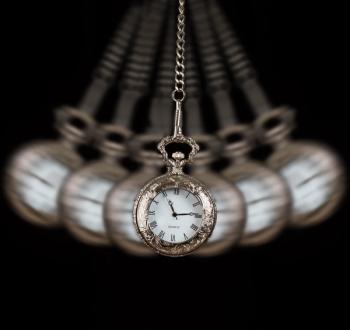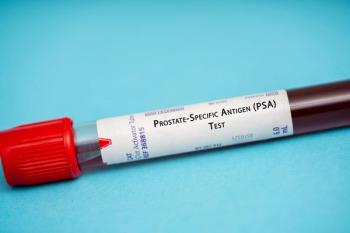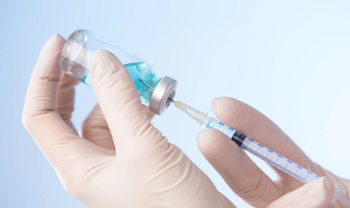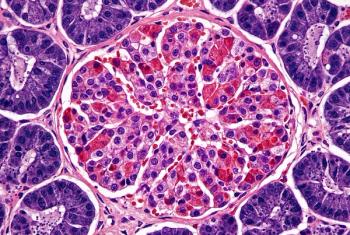
Eylea HD Provides Vision Gains and Longer Dosing Intervals in Real-World Analysis | AAO 2025
A study using AAO's IRIS Registry demonstrates Eylea HD 8 mg improves vision in treatment-naive patients with wet age-related macular degeneration or diabetic macular edema with previously treated patients extending dosing intervals two weeks.
Real-world data show that treatment-naive patients with either wet age-related macular degeneration (AMD) or diabetic macular edema (DME) get the most benefit from Eylea HD (aflibercept) 8 mg, with a gain of four or five letters in a test of visual acuity, according to findings of a study presented during a session at the annual American Academy of Ophthalmology meeting.
The same analysis showed that patients with either AMD or DME who had been previously treated with Eylea 2 mg and then switched to the higher dose had stable visual acuity and were able to extend dosing intervals by two weeks.
Diana V. Do, M.D., professor of Ophthalmology and vice chair for clinical affairs at the Byers Eye Institute, Stanford University, presented the findings from the real-world study, which used the
Developed by Regeneron and Bayer AG, Eylea HD is approved for patients with neovascular (wet) age-related macular degeneration, macular edema, and diabetic retinopathy.
The aim of this study was to assess real-world data for patients who received aflibercept 8 mg. The study was conducted with two groups of patients: treatment-naive patients who started on aflibercept 8 mg and previously treated patients who received aflibercept 2 mg and then were switched to the 8 mg dose.
In the treatment-naïve group, there were more than 1,300 eyes with age-related macular degeneration and nearly 400 eyes with diabetic macular edema. In the previously treated group, there were 8,000 eyes with age-related macular degeneration and more than 2,200 eyes with diabetic macular edema.
Researchers collected data on both visual acuity and injection intervals, and patients were followed for a mean of 58 weeks. Baseline visual acuity was slightly higher among patients who had been treated previously.
They found that among the treatment-naive subjects, the injection interval was approximately 12 weeks in both age-related macular degeneration and diabetic macular edema. Treatment-naïve patients with neovascular AMD gained on average four letters in visual acuity. Treatment-naïve patients with diabetic macular edema gained five letters. This means patients had an increase in the quality and clarity of vision.
In patients who switched from aflibercept 2 mg to the 8 mg dose, vision remained stable.
Do said that the real-world study was limited to a follow-up of one year, and the study used visual acuity testing, rather than best-corrected vision, which may limit the assessment of actual visual outcomes.
Do also presented preliminary results from the ongoing
She presented results from week 24, after 417 patients had received seven monthly injections of Eylea HD. In the AMD cohort, patients saw a gain in vision of 2.3 letters and a reduction in retinal thickness of approximately 32 microns. In the cohort with macular edema, patients saw improvement of vision of nearly three letters with a reduction in retinal thickness of approximately 50 microns.
“This preliminary look at the ELARA studies shows that flexible dosing and monthly use of aflibercept 8 mg in previously treated eyes provides additional vision benefit, and there were no additional safety signals,” Do said.
Mrinali P. Gupta, M.D., a vitreoretinal surgeon and partner at Retina Associates of Orange County, Calif., said during the panel discussion that she doesn’t usually begin with Eylea HD because of insurance step edits.
“When I switch nonresponders [to the higher dose], the patients do tend to get two or three weeks longer [between injections], and some patients who were at four or five weeks, I was able to get them seven or eight weeks [between injections].
Newsletter
Get the latest industry news, event updates, and more from Managed healthcare Executive.






















































